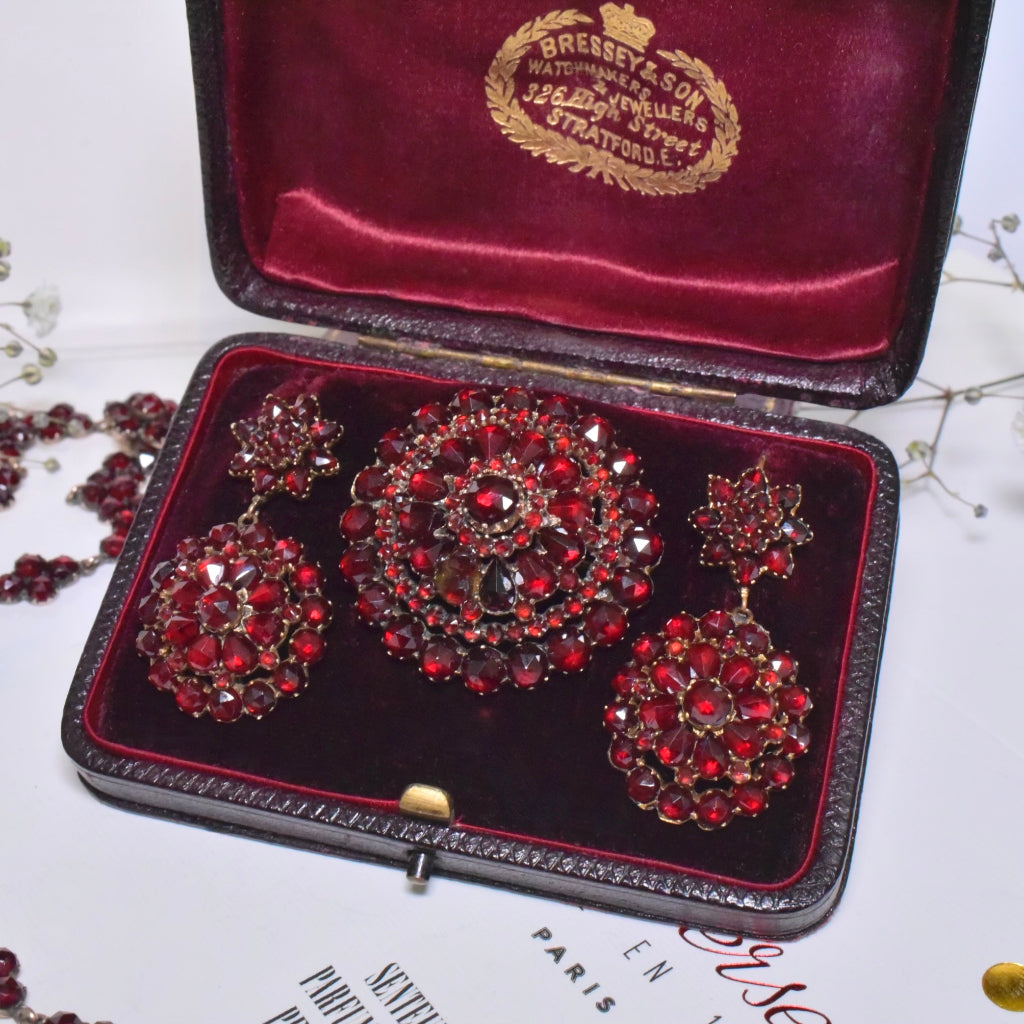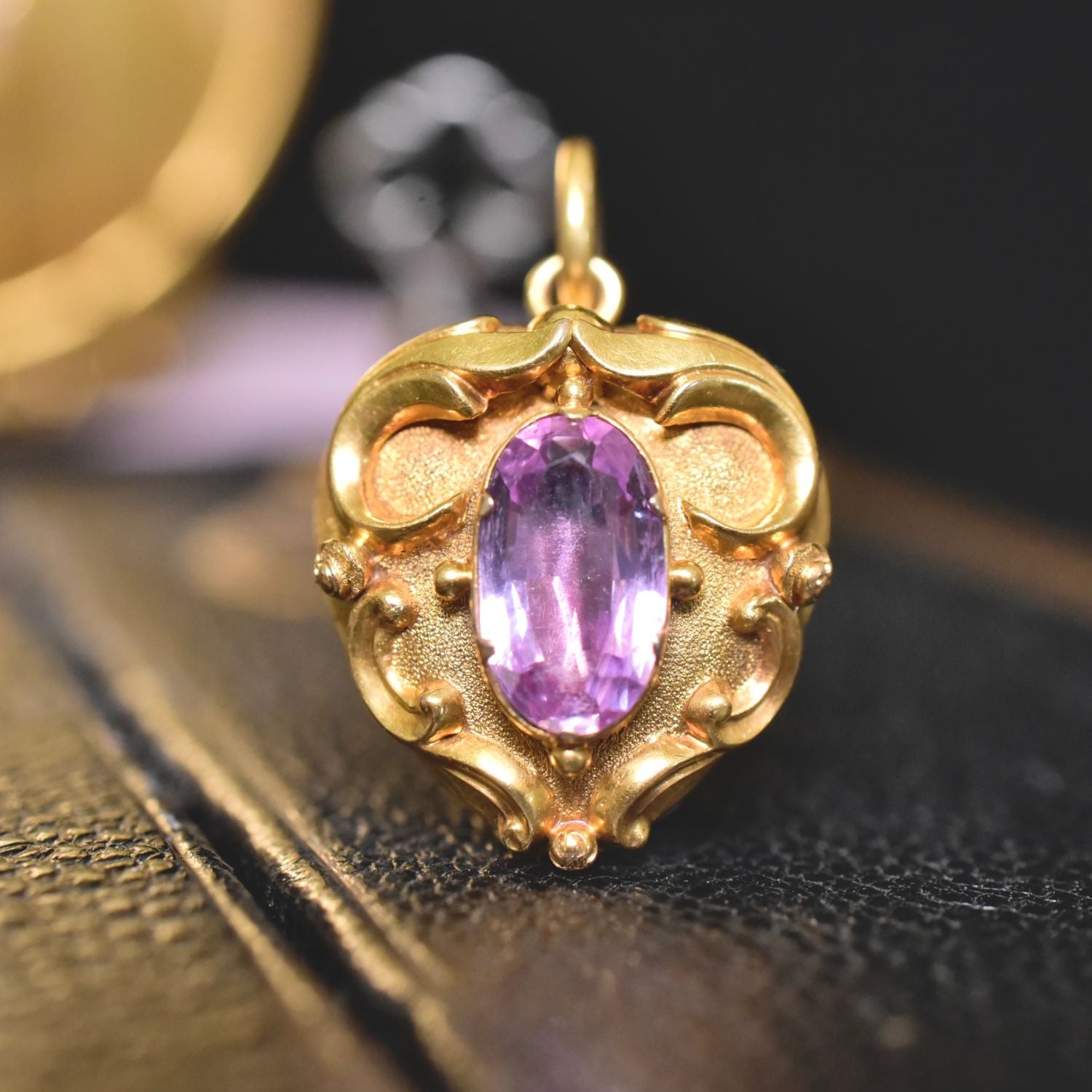The Enigmatic Allure of Serpent Jewellery: A Journey Through Time
Serpent jewellery, with its sinuous forms and often mesmerising designs, has captivated human imagination for millennia. Its rich history, laden with profound symbolism, spans from ancient civilisations to contemporary fashion. The enduring appeal of serpent motifs in jewellery is a testament to their multifaceted meanings and timeless beauty. Embark on a journey through time with us to explore the history, symbolism, and enduring popularity of serpent jewellery.
Ancient Beginnings: The Birth of Serpent Symbolism
The history of serpent jewellery can be traced back to some of the earliest known civilisations. In ancient Egypt, the serpent was a symbol of royalty and divine authority. The uraeus, a stylised upright form of the Egyptian cobra, adorned the headdresses of pharaohs, symbolising their sovereignty and divine protection. Cleopatra, one of history's most iconic figures, famously wore serpent jewellery, reinforcing the reptile's association with power and mystique.
Across the Mediterranean, the Greeks and Romans also revered the serpent. In Greek mythology, the ouroboros—a serpent eating its own tail—represented eternity and the cyclical nature of life. Greek goddesses like Athena and Hera were frequently depicted with serpent motifs, symbolising wisdom and protection. Roman soldiers often wore serpent rings as talismans for protection in battle.

Antique Georgian/Early Victorian 18ct Gold Ruby Pearl Double Ouroboros Ring Circa 1820-50 (SOLD).
Medieval and Renaissance Elegance: The Serpent's Evolution
During the Medieval period, serpent jewellery continued to captivate, though its symbolism became more complex. The serpent embodied both positive and negative connotations, reflecting its dual nature. It symbolised temptation and sin, particularly in the context of the Biblical story of Adam and Eve. However, it also represented healing and renewal, as seen in the caduceus, a staff entwined with serpents, which remains a symbol of medicine to this day.
The Renaissance period witnessed a revival of classical antiquity and mythology, which fuelled the popularity of serpent motifs in jewellery. Artisans crafted intricate pieces that celebrated the serpent's beauty and complexity. These pieces often featured intertwined serpents, symbolising eternal love and commitment, making them popular choices for betrothal and wedding jewellery.
Victorian Era: The Serpent's Romantic Revival
The 19th century Victorian era marked a significant chapter in the history of serpent jewellery, largely due to its royal endorsement. Queen Victoria herself played a pivotal role in popularisng this timeless motif, embedding it deeply into the fabric of Victorian fashion and sentimentality.
In 1839, Prince Albert proposed to Queen Victoria with a serpent ring, featuring an emerald-set head, Victoria's birthstone. This choice was not merely aesthetic but deeply symbolic. In Victorian symbolism, the serpent often represented eternal love, renewal, and protection. The ring's design, with the serpent coiled into an eternal loop, beautifully embodied this notion of unending devotion (Bradford, 2001).

Antique Victorian 11ct Gold And Garnet Snake Earrings Circa 1880 (SOLD).
Queen Victoria's love for serpent jewellery did not stop at her engagement ring. Throughout her reign, she frequently wore serpent-themed items, and her influence extended far beyond the royal court. The public, ever eager to emulate their beloved queen, began to embrace serpent motifs in their own adornments. Jewellers of the time responded by creating an array of exquisite pieces, from rings and bracelets to brooches and necklaces, all featuring the iconic serpent design (Bury, 1991).
This era also saw a blending of styles and techniques that made serpent jewellery more intricate and ornate. Jewellers incorporated gemstones, enamelling, and detailed metalwork to enhance the serpents' allure. The pieces were not only symbols of love and commitment but also works of art that showcased the craftsmanship of the period (Bennett & Mascetti, 1989).
The romantic revival of serpent jewellery during the Victorian era underscores how deeply intertwined symbolism and fashion can be. The serpent, once a figure of ancient mystique and power, was reimagined as a tender emblem of eternal love and fidelity, a transformation that resonated deeply with the era's romantic ideals.
Antique Victorian 22ct Yellow Gold Ruby And Diamond Serpent Brooch Circa 1880 (SOLD).
In contemporary times, the allure of Victorian serpent jewellery endures. These pieces are highly sought after by collectors and fashion enthusiasts alike, cherished not only for their beauty but also for their rich historical and symbolic significance. The Victorian era's romantic revival of the serpent motif serves as a poignant reminder of how jewellery can encapsulate the sentiments and aesthetics of a bygone era while continuing to inspire and enchant future generations.
REFERENCES:
Bennett, D., & Mascetti, D. (1989). Understanding Jewellery. Antique Collectors' Club.
Bradford, S. (2001). Elizabeth: A Biography of Britain's Queen. Viking Adult.
Bury, Shirley. (1991). Jewellery, 1789-1910: The International Era. Antique Collectors' Club.

